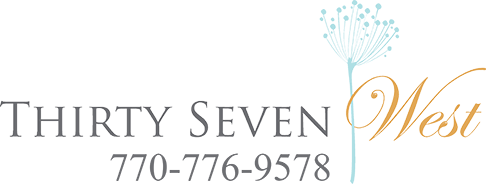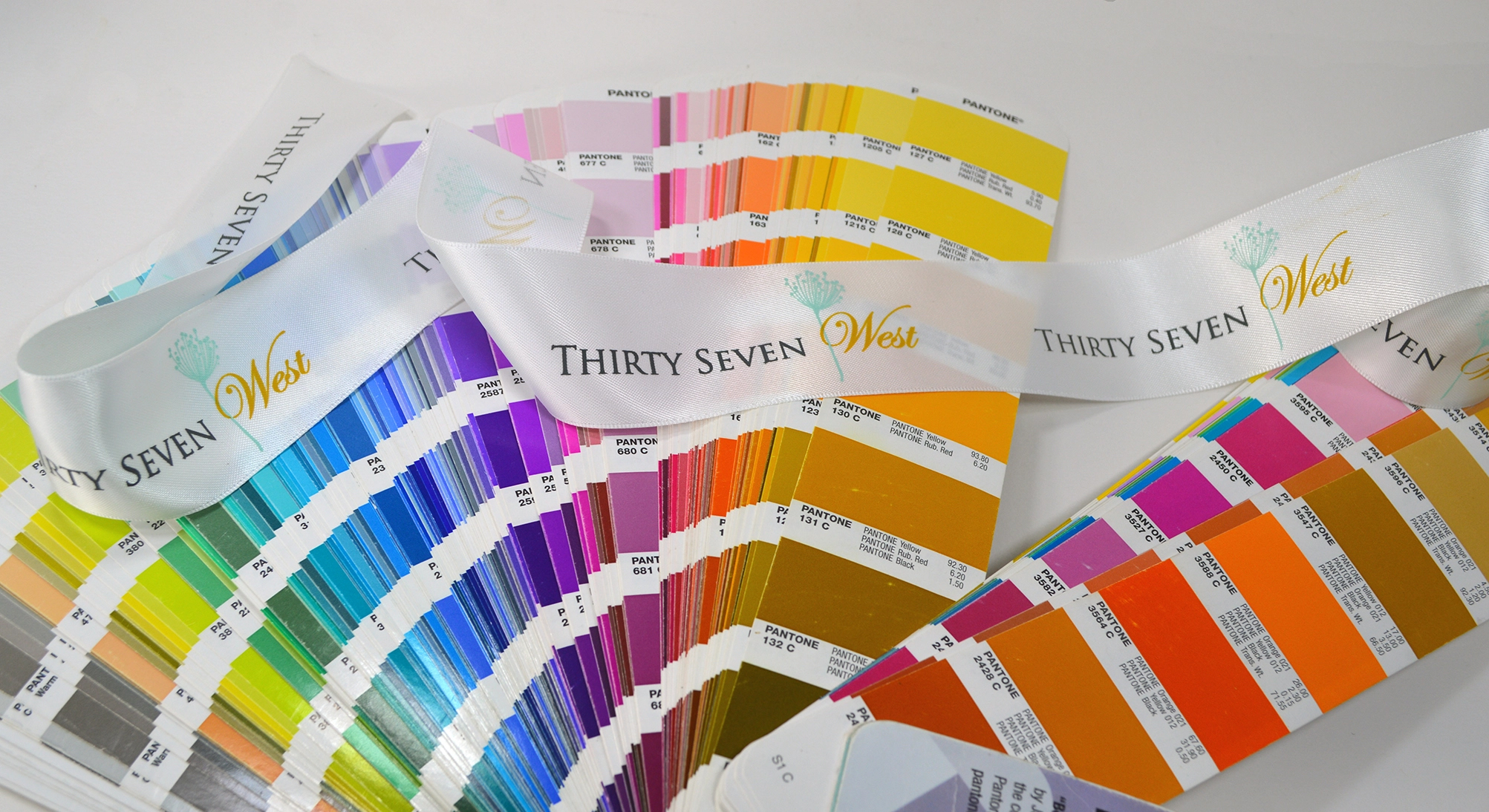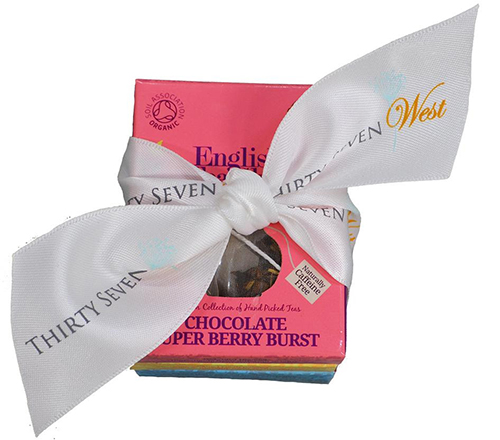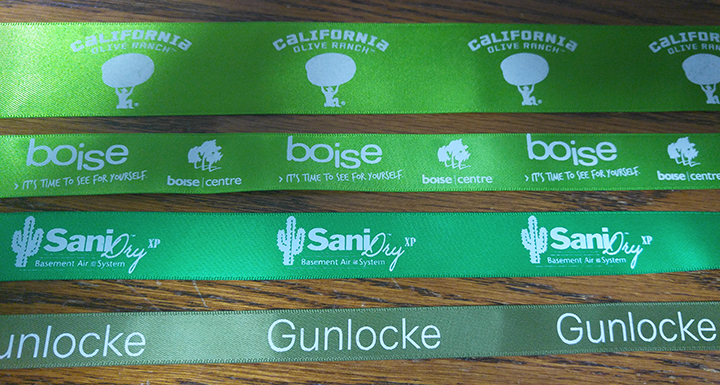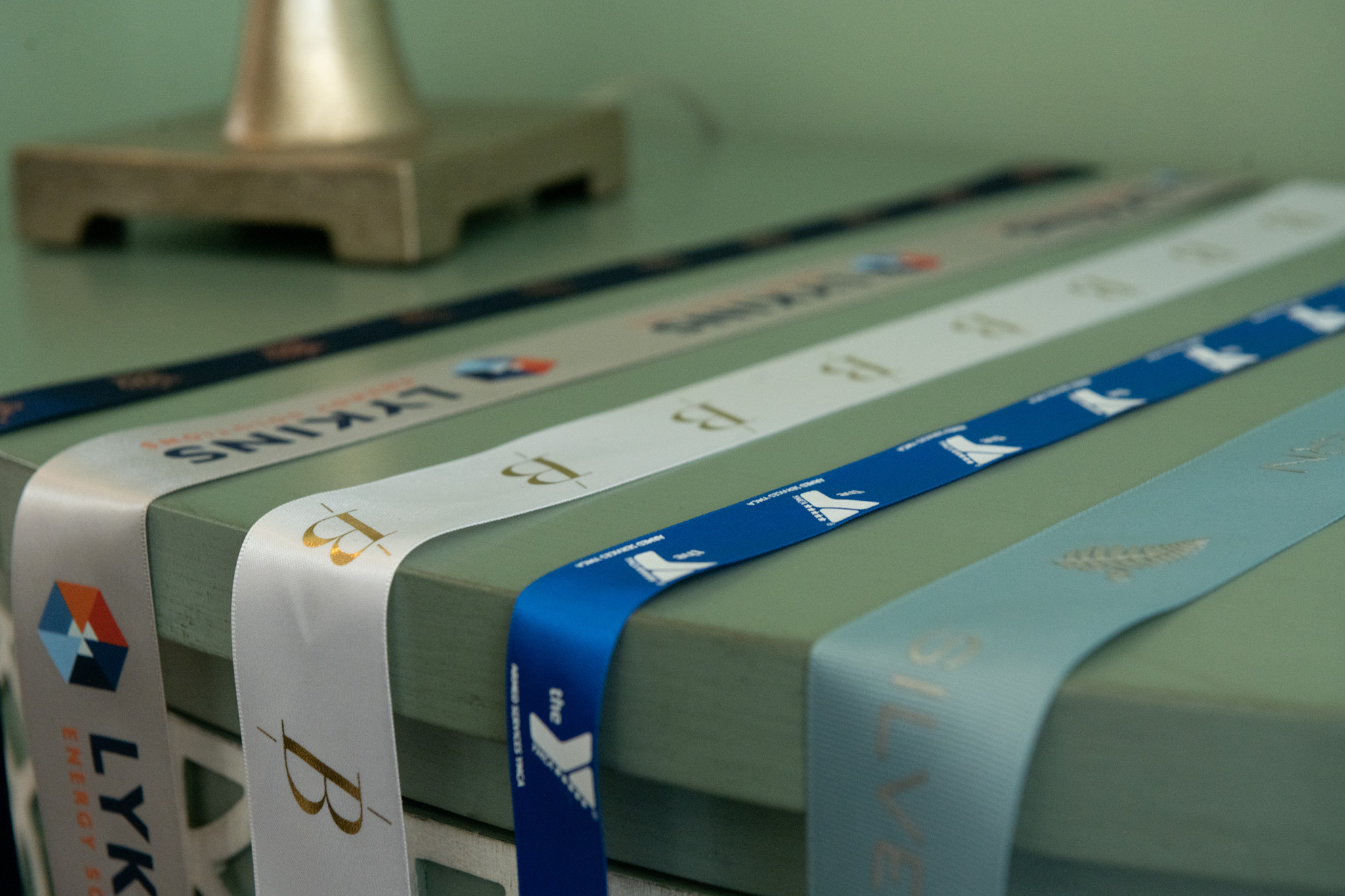
The Power of Spacing: How Logo Placement Impacts Brand Perception in Color Psychology
As a marketing executive, brand manager, event planner, or designer of brands, you know that branding is crucial for any marketing campaign. Colors play an essential role in branding, as they can evoke specific emotions and create a unique brand personality. However, one aspect of branding that often gets overlooked is the spacing of logos. The spacing of logos can also impact consumer perception.
Understanding Color Psychology
Color psychology is the study of how colors impact human behavior and emotions, and it is a crucial tool for marketers and brand designers. The impact of color on human behavior is well-documented. For example, red is associated with excitement and passion, while blue is associated with calmness and trust. Yellow is associated with happiness and optimism, while green is associated with nature and health.
Brand Color and Perception
Brand colors can influence how consumers perceive a brand and its products or services. A brand's color palette can evoke specific emotions and create a unique brand personality. For example, blue is a popular color for financial and government institutions because it is associated with stability, trust, and security. Red is a bold and vibrant color that is associated with passion, excitement, and energy. Yellow is a bright and cheerful color that is associated with happiness, optimism, and creativity. Green is a calming and soothing color that is associated with nature, health, and wellness. Purple is a color associated with royalty, luxury, and sophistication.

The Power of Spacing
The spacing of logos can also impact consumer perception. Logos that are placed too close together can feel cluttered and overwhelming. It can create a sense of confusion and make it difficult for consumers to distinguish between different brands. On the other hand, logos that are spaced too far apart can feel disconnected and disjointed. It can create a sense of detachment and make it difficult for consumers to connect with the brand.
Using Spacing to Stand Out
Spacing can also be used strategically in branding to help brands differentiate themselves from their competitors. For example, if all of your competitors are using a similar logo placement, using a completely different spacing technique can help your brand stand out. However, it's essential to choose a spacing technique that still aligns with your brand's personality and values.
Consistency is Key
Once you've chosen a logo spacing technique, it's essential to use it consistently across all of your branding materials. Consistency helps reinforce your brand's personality and creates a lasting impression on consumers.
Using Spacing in Event Planning
The power of spacing can also be applied in event planning. By using spacing strategically in event design and decor, event planners can influence attendees' emotions and behaviors. For example, using a spacious layout for a conference room can create a relaxed and focused environment that encourages attendees to pay attention and absorb information. On the other hand, using a close, intimate layout at a corporate party can create a lively and energetic atmosphere that encourages attendees to socialize and have fun.
Final Thoughts
The spacing of logos is an essential aspect of branding that can impact consumer perception. By understanding how spacing impacts human behavior and emotions, brands can create a unique brand personality that resonates with their target audience. Consistency is also crucial in reinforcing your brand's personality across all of your branding materials. In event planning, spacing can be used to influence attendees' emotions and behaviors. By using spacing strategically in event design and decor, event planners can create a specific atmosphere that aligns with the event's goals.
